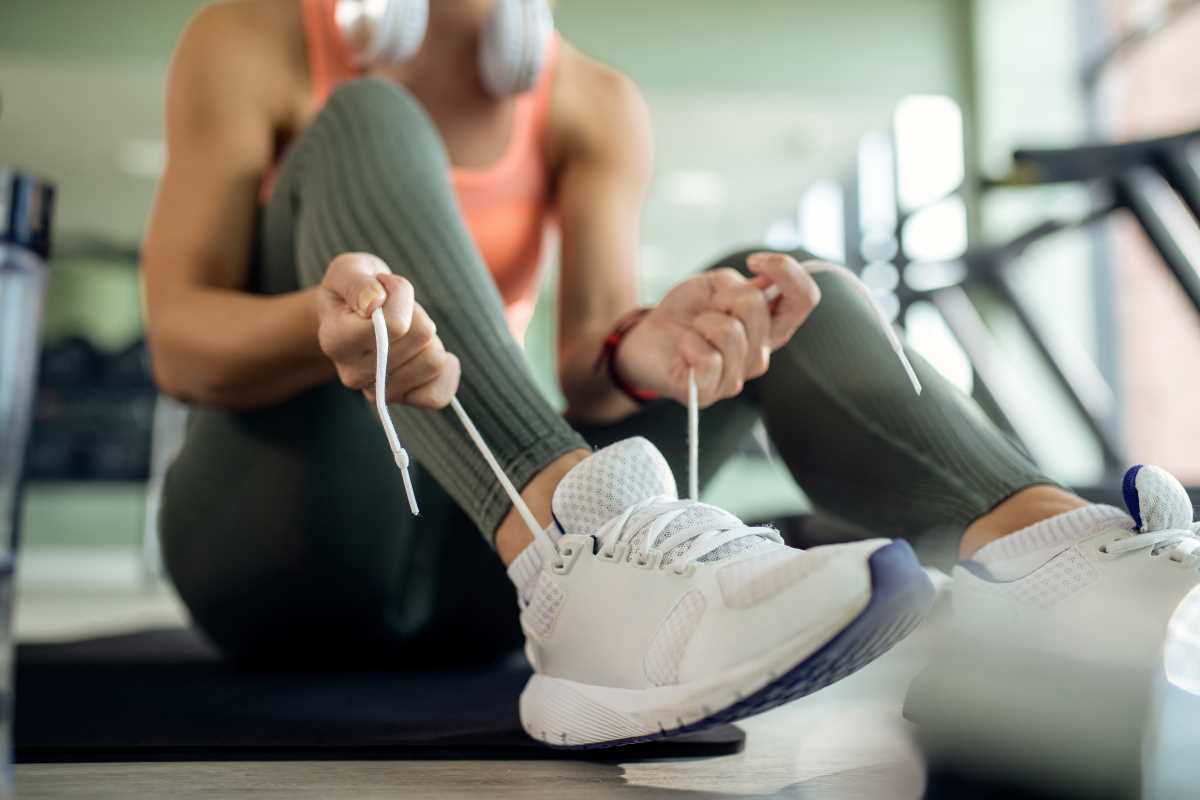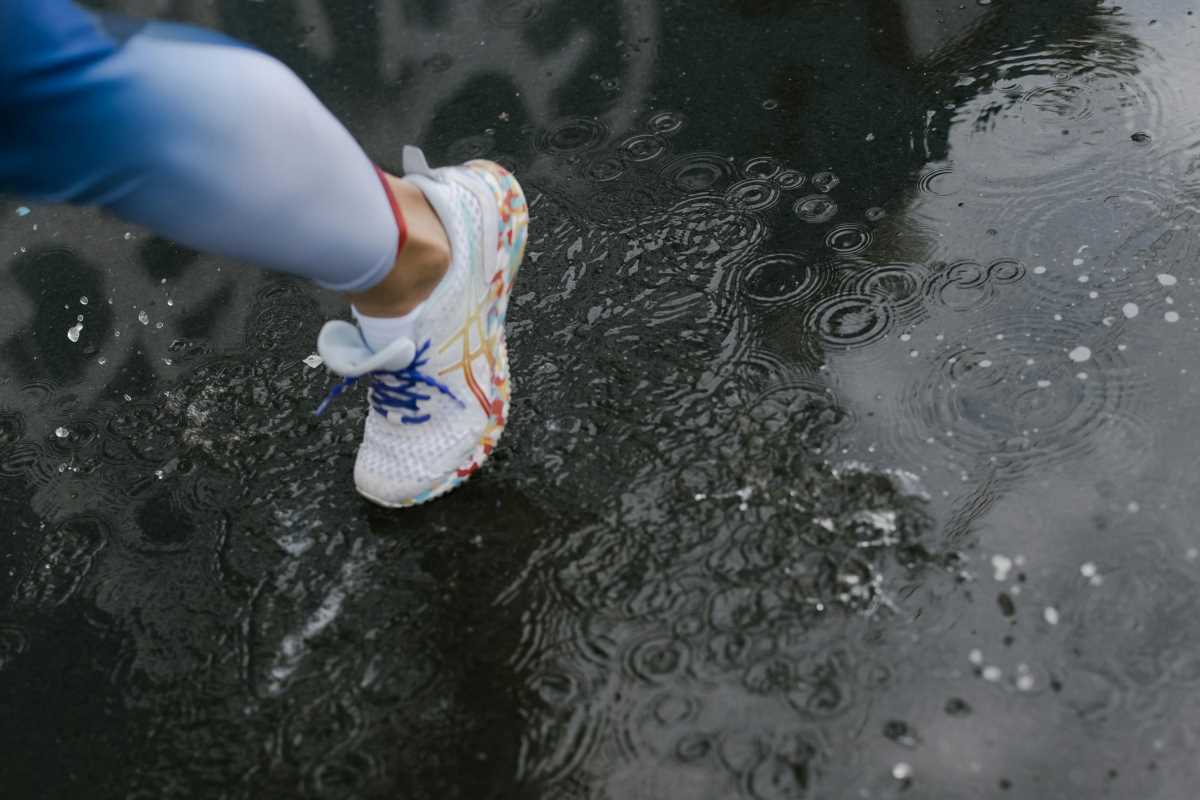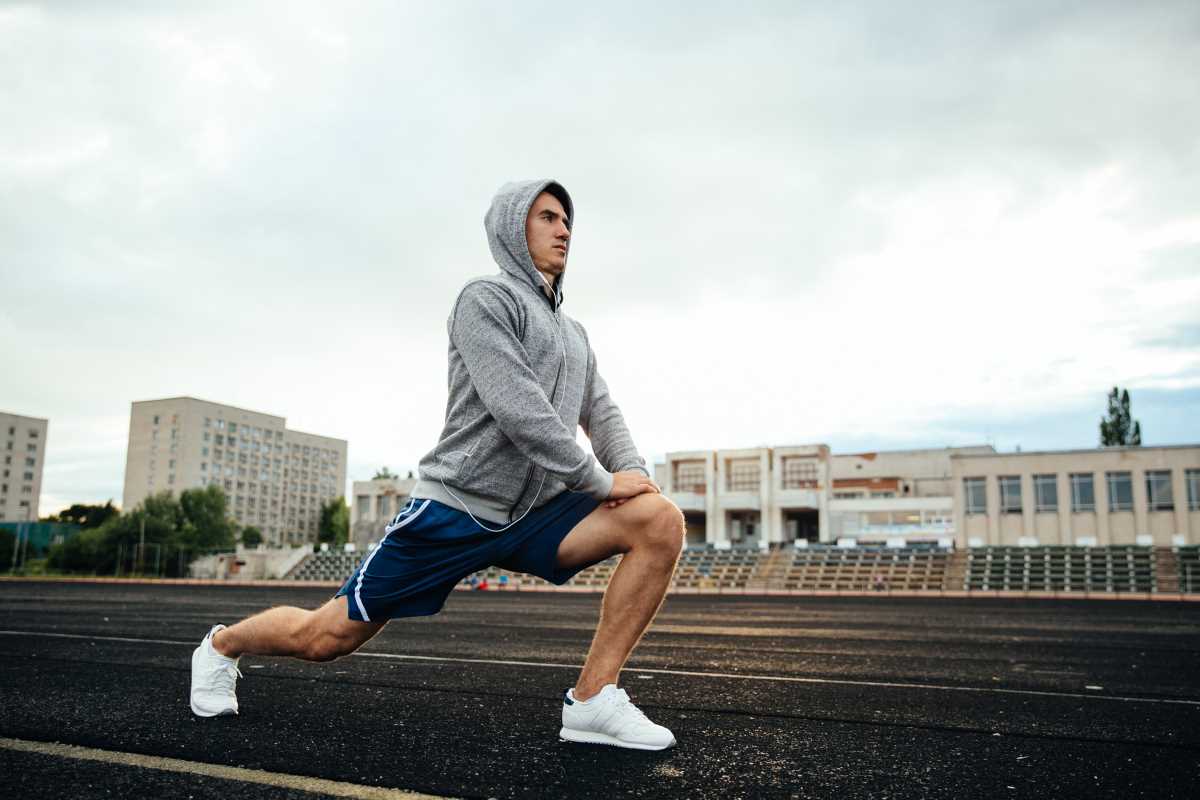Marathon runners fully understand that selecting the right gear is essential to excelling in their races. Within the wide variety of apparel options available, thermoregulating fabrics have emerged as a vital element for long-distance competitors. These cutting-edge materials play a pivotal role in maintaining a comfortable body temperature, which not only keeps athletes at ease but also boosts their endurance and performance levels. For those determined to surpass their personal bests and reach new heights, these fabrics become an irreplaceable part of their racing arsenal, ensuring they stay focused and efficient throughout the entire marathon journey.
The Science Behind Thermoregulating Fabrics
Thermoregulating fabrics maintain an optimal body temperature by managing heat and moisture effectively. Here’s how they achieve this:
- Moisture-Wicking: These fabrics draw sweat away from the skin to the fabric’s surface, allowing it to evaporate quickly. This keeps runners dry and reduces the chilling effect of sweat when temperatures drop.
- Breathability: The materials allow air to circulate freely, facilitating ventilation. This helps dissipate excess heat, preventing overheating during intense runs.
- Insulation: In cooler conditions, thermoregulating fabrics provide an additional layer of warmth without adding bulk. This ensures muscles remain flexible and less prone to injury.
- Heat Dissipation: Advanced fibers distribute body heat evenly across the fabric, avoiding hot spots and maintaining a consistent temperature throughout the workout.
- Lightweight Materials: These fabrics are typically lightweight, minimizing the overall weight athletes carry and contributing to better performance and reduced fatigue.
- UV Protection: Many thermoregulating fabrics offer built-in UV protection, shielding athletes from harmful sun rays during long outdoor runs.
Benefits for Marathon Athletes
Incorporating thermoregulating fabrics into marathon gear provides multiple advantages that directly impact performance and comfort:
- Enhanced Comfort: By effectively managing moisture and temperature, athletes stay comfortable throughout the race, minimizing distractions caused by sweat-soaked or overheated clothing.
- Improved Performance: Maintaining an optimal body temperature helps sustain energy levels and delay fatigue, enabling runners to maintain a steady pace and achieve personal bests.
- Injury Prevention: Proper temperature regulation keeps muscles warm and pliable, reducing the risk of strains, sprains, and other muscle-related injuries during long-distance runs.
- Reduced Chafing: Smooth, moisture-wicking fabrics decrease friction between the skin and clothing, preventing uncomfortable chafing and skin irritation that can occur during extended periods of movement.
- Faster Drying Times: Quick-drying properties ensure that athletes stay dry even in variable weather conditions, enhancing overall comfort and reducing the risk of hypothermia in cooler environments.
- Odor Control: Many thermoregulating fabrics incorporate antimicrobial treatments that inhibit the growth of odor-causing bacteria, keeping gear fresher for longer periods.
Trendsetting Designs and Innovations
The fusion of functionality and style has led to a surge of fashionable options in thermoregulating apparel, catering to the aesthetic preferences of trendsetters:
- Nike’s Dri-FIT line blends performance with modern design, offering a variety of colors and patterns that appeal to both competitive athletes and casual runners.
- Under Armour’s HeatGear technology features sleek, form-fitting apparel that manages heat effectively while providing a contemporary look favored by many athletes.
- Adidas’ ClimaCool systems incorporate stylish mesh panels and bold branding, ensuring that their gear stands out on the track while delivering superior ventilation.
- Lululemon’s Swiftly Tech collection focuses on minimalist designs with clean lines, offering versatile pieces that transition effortlessly from training to everyday wear.
- The North Face’s activewear integrates Thermoball insulation with urban-inspired styles, making their apparel suitable for both outdoor adventures and city runs.
- Patagonia emphasizes sustainable fashion with their EcoSphere fabrics, combining eco-friendly materials with high-performance features that appeal to environmentally conscious athletes.
Smart Textiles in High-Intensity Workouts
Smart textiles enhance athletic wear by integrating intelligent technologies with thermoregulating properties. These advanced fabrics incorporate sensors and responsive elements that adapt to an athlete’s movements and environmental conditions. For example, some smart fabrics can adjust their permeability based on body temperature, automatically increasing ventilation when overheating occurs. These textiles can provide real-time feedback on biometric data, such as heart rate and muscle activity, helping athletes monitor their performance more effectively.
Future Trends in Thermoregulating Fabrics
The evolution of thermoregulating fabrics continues, with several exciting advancements set to shape the future of athletic apparel:
- Phase-Change Materials: These materials can absorb, store, and release heat as needed, providing dynamic temperature control that adapts to an athlete’s activity level and environmental changes.
- Integration with Wearable Technology: Future fabrics may incorporate electronic components seamlessly, offering functionalities like built-in GPS, temperature regulation systems, and performance tracking without compromising comfort.
- Sustainable Materials: The push towards eco-friendly practices leads to the development of thermoregulating fabrics made from recycled and renewable resources, minimizing environmental impact while maintaining high performance.
- Enhanced Durability: Innovations aim to increase the longevity of these fabrics, ensuring they retain their thermoregulating properties even after extensive use and multiple wash cycles.
- Customizable Fit and Function: Advances in fabric technology may allow athletes to personalize their apparel’s properties, such as adjusting insulation levels or moisture-wicking efficiency based on specific training needs or personal preferences.
- Biodegradable Textiles: Researchers develop biodegradable thermoregulating fabrics that break down naturally, reducing waste and supporting sustainable sportswear practices.
These trends indicate a future where athletic apparel not only enhances performance but also aligns with broader technological and environmental advancements, offering athletes unprecedented levels of customization and sustainability.
Thermoregulating fabrics enhance marathon running by maintaining optimal body temperature and offering stylish options, boosting performance. Athletes should consider integrating these materials to stay comfortable and ready for future races.
 (Image via
(Image via





